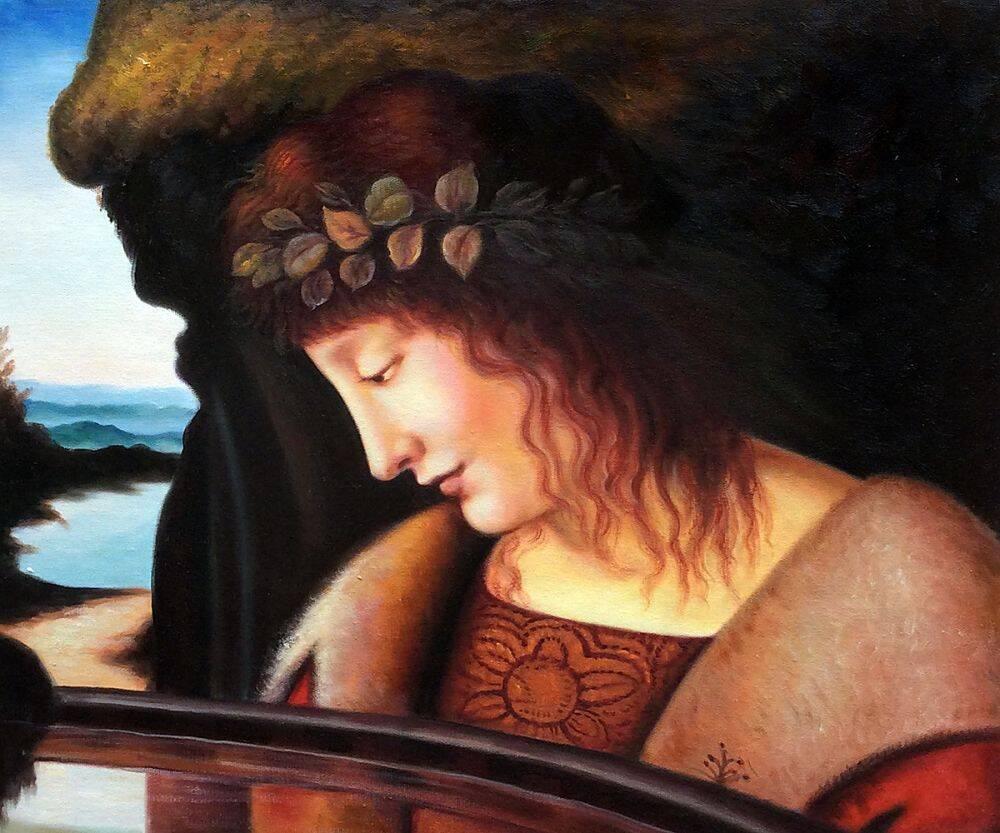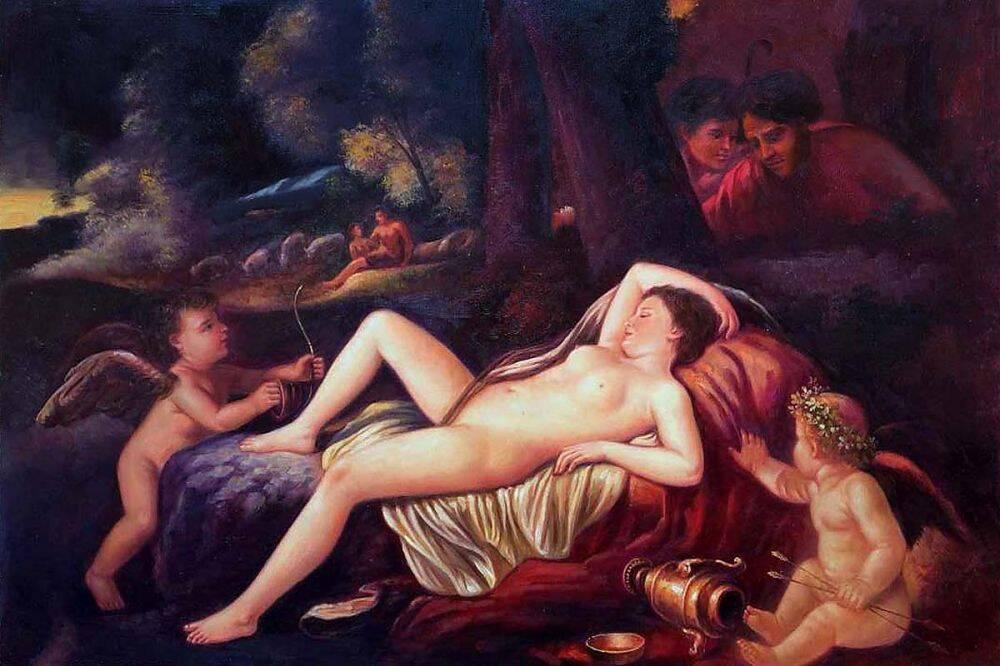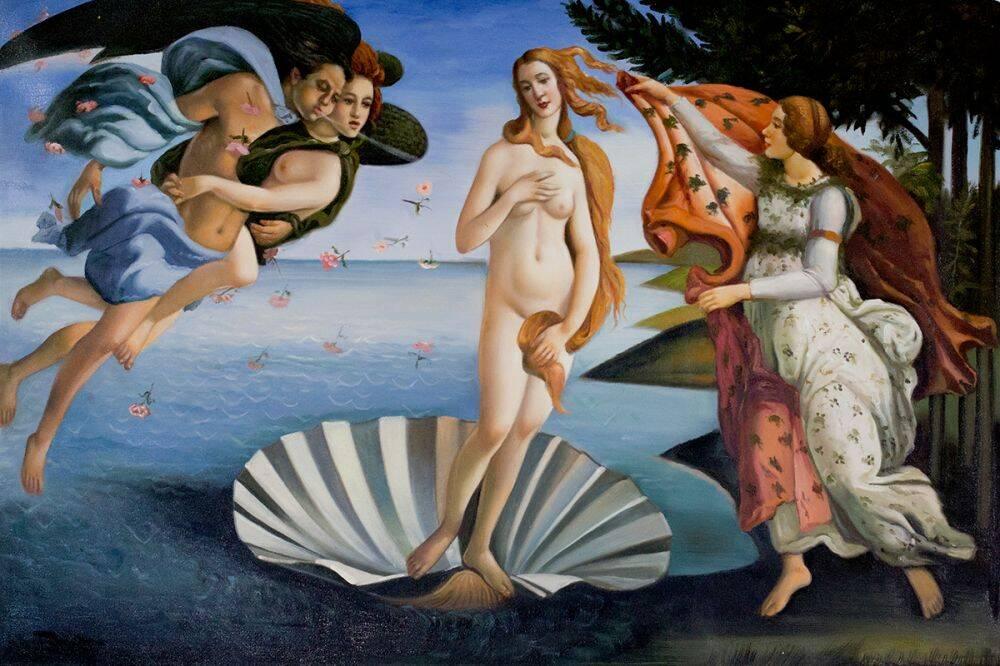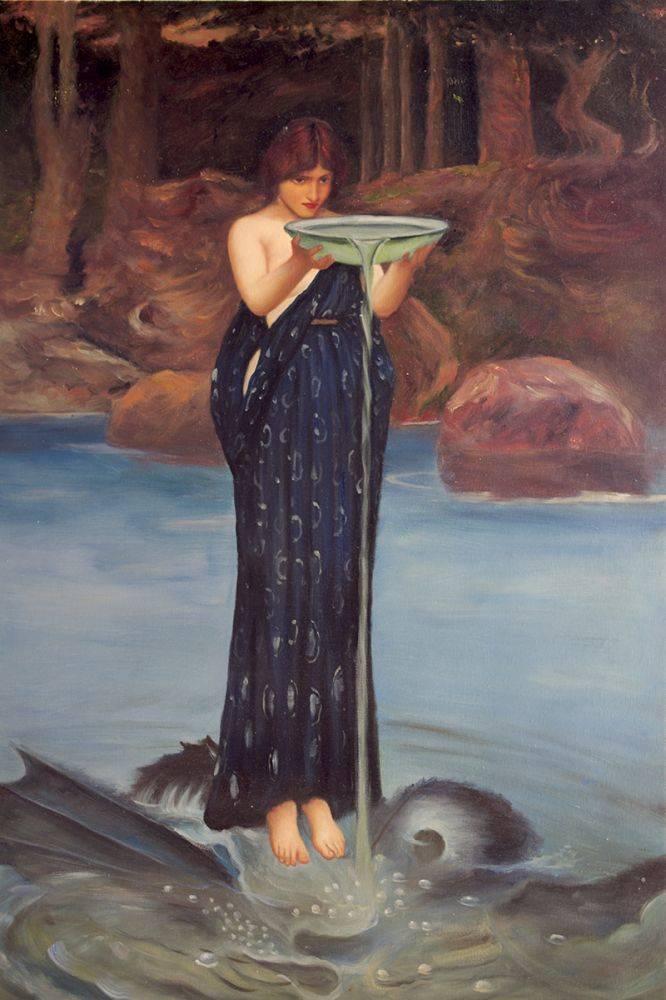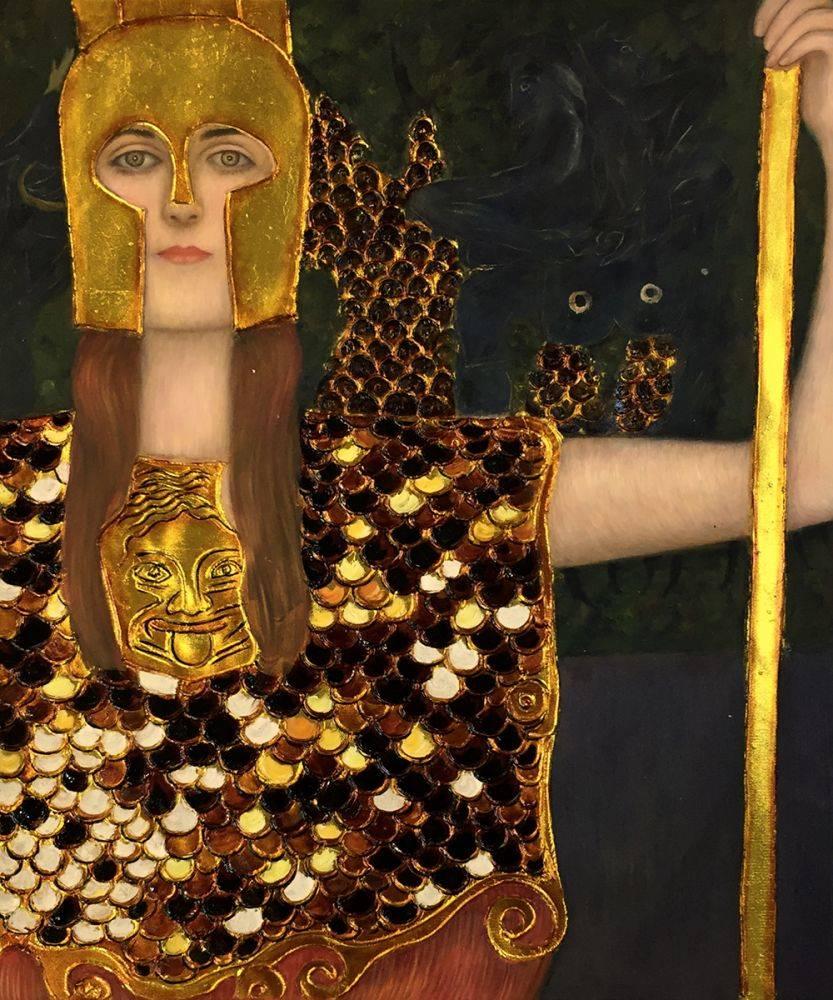Art & Decor Trends
Art History
overstockArt.com
Greek and Roman Mythology in Art
Artists often find inspiration in literature, and there is no source as widely used as Greek and Roman mythology. The characters found in Greek and Roman stories often become the main focal points in art. Artists have the ability to capture not only the appearance of the characters but also the way their stories are told. Here are some of our favorite art pieces featuring mythological characters and stories that have been passed down through generations. Many of these pieces are interpretations by the artists of the mythological stories. Essentially, for the first time, the artists are providing visual representations of the famous stories handed down from generation to generation.
Gustav Klimt-Pallas Athene (Luxury Line)
Pallas Athene by Gustav Klimt stands for the fight of the members of the Secession against the art of the establishment. Gustav Klimt was one of the most innovative and controversial artists of the early twentieth century. Klimt’s mature style combines richly decorative surface patterning with complex symbolism and allegory, often with overtly erotic content.
Jean-Honore Fragonard-The Birth of Venus
The Birth of Venus, by Jean Fragonard, paints a depiction of one of the most popular myths about the goddess of love. Jean Fragonard was a French painter and print maker whose late Rococo design was distinguished by remarkable exuberance and a flourish for the decadent. This is what sets this painting apart from others that show the same story.
Botticelli-Birth of Venus
Botticelli’s Birth of Venus was inspired by the text in a Homeric hymn published in Florence in 1488 by the Greek refugee Demetrios Chalcondyles. The brilliant light and soothing colors, the luxurious garden, the gorgeous draperies of the nymph, and the roses floating around the beautiful goddess all suggest that the painting is meant to bring pleasure to the viewer.
Nicolas Poussin-Sleeping Venus with Cupid
Sleeping Venus with Cupid, by Nicholas Poussin, suggests that Venus is vulnerable in her deep state of sleep. In Roman mythology Cupid was Venus’ son, hence the two cupids in close proximity to the goddess. Nicolas Poussin was a leading French painter of the classical Baroque style, even though he spent most of his career in Rome.
John William Waterhouse-Circe Invidiosa
Circe Invidiosa is a beautiful painting by John William Waterhouse. Waterhouse is known for working in Pre-Raphaelite style and his art mostly portrays women from Greek, Roman and also Arthurian mythology and legends. This scene depicts the moment when Circe turns Scylla into a sea monster. It is the second of three paintings done on this mythological character by Waterhouse.
Leonardo Da Vinci-Narcissus
Sometime between 1490 and 1500, Leonardo da Vinci (or possibly one of his followers) painted Narcissus. The subject is a character from Greek mythology who falls in love with his own reflection and whose tale has given us the term “narcissist”. Worth noting are the curly hair, effeminate appearance, and hazy body of water in the background: all of which are characteristic of da Vinci’s work.
These are just a few of the wonderful pieces that have been inspired by Greek and Roman myths that you can find among some of our paintings. If you browse our Bestsellers Gallery you still find artwork with so many more connections to the mythological and other sources of inspiration. Hopefully you will find a piece that inspire you as well.

